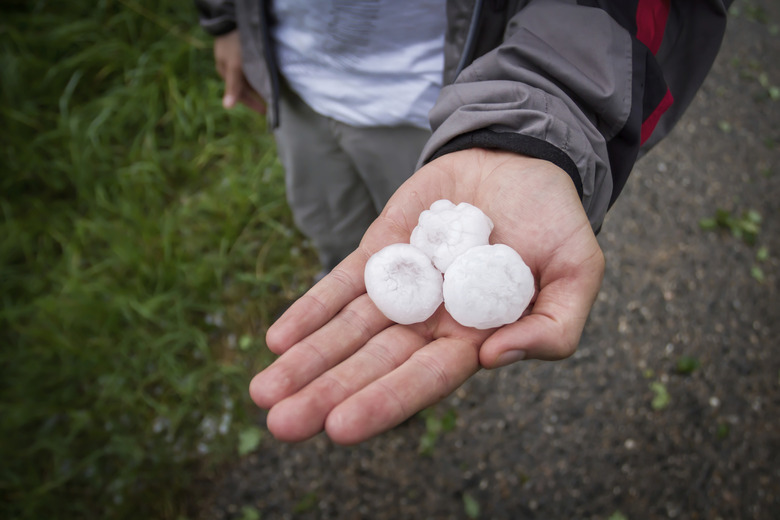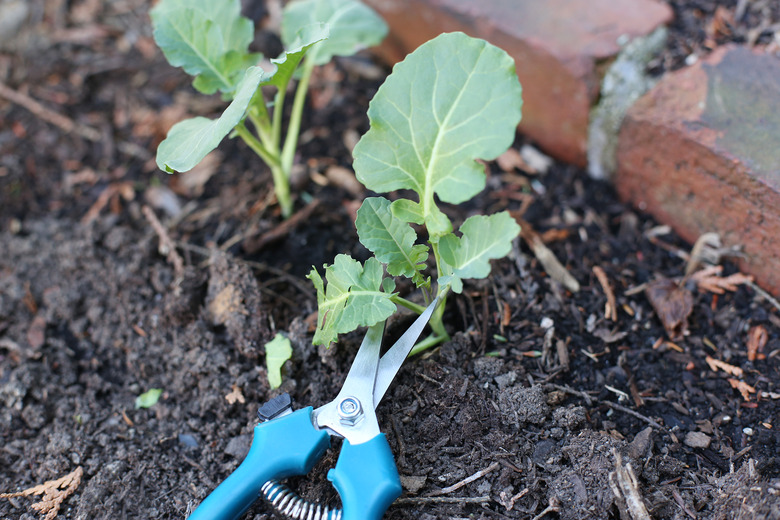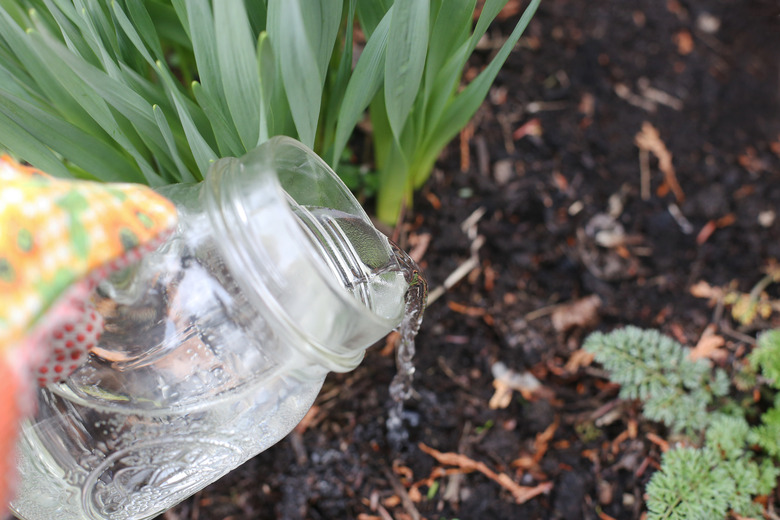How To Recover My Plants After Hail Damage
Little pieces of hail can cause major damage to delicate plants, shrubs and trees in your landscaping. Stripped leaves, bruised fruits and broken branches mean the plants have some major recovering to do. Giving the plants a chance to heal on their own is often the best approach, but you can support that healing to increase their odds of survival.
Little pieces of hail can cause major damage to delicate plants, shrubs and trees in your landscaping. Stripped leaves, bruised fruits and broken branches mean the plants have some major recovering to do. Giving the plants a chance to heal on their own is often the best approach, but you can support that healing to increase their odds of survival.
Clean the Debris
Hail damage often results in plant debris, including stems, leaves and fruits. Clean up the debris that broke off plants during the storm. Getting rid of the debris allows you to check the extent of plant damage better than you could otherwise. Keeping the garden clean also improves its health. Leaving debris in the garden increases the risk of plant diseases and pests. Because damaged plants are already under stress, they are more susceptible than normal to additional damage from diseases and pests.
- Little pieces of hail can cause major damage to delicate plants, shrubs and trees in your landscaping.
- Getting rid of the debris allows you to check the extent of plant damage better than you could otherwise.
Remove the Damage
Examining your plants closely will allow you to see how much damage the hail caused them. Remove damaged portions of the plants so the remaining plant parts will stay healthy. Prune broken stems and branches from the plants, and trim leaves that are shredded or ragged. The pruning and trimming give the remaining healthy tissue a better chance of recovery. Discard the removed portions of the plants so they don't clutter the garden and attract pests or diseases to the recovering plants.
Keep Up with Care
Plants work hard to recover from injuries they received from hail. They need your help with regular care to avoid additional stress, however. Water the plants as needed to supplement rainfall. A general guideline is about 1 inch of water per week, from rain, irrigation or a combination of rain and irrigation. Don't give the plants too much water or you'll increase the risk of roots rotting. Fertilizing the plants right away isn't necessary; wait until the plants produce new growth on their own.
- Examining your plants closely will allow you to see how much damage the hail caused them.
- The pruning and trimming give the remaining healthy tissue a better chance of recovery.
Give Them Time
Plants often need time to recover from hail damage. Annual plants in particular may struggle to recover from several hail damage. Even perennials may never recover from severe damage. Give the plants one week to see if they show any signs of recovery or new growth. If you don't see any improvement, then the damaged plants probably need to be replaced. Plants that show signs of recovery require time to heal completely. Leave their wounds alone unless they show signs of disease or pest damage. Special paints, wraps and dressings can interfere with the plants' healing process.
- Plants often need time to recover from hail damage.
- Give the plants one week to see if they show any signs of recovery or new growth.




